
Small, cheap, and incredibly versatile. Unmanned aerial vehicles (UAVs) have come a long way in the last decade. Drones fulfill several roles from combat to reconnaissance and refueling. This article examines the largest drone manufacturers and what the future holds.
Why This Matters

Drones are an increasingly important arm of modern militaries. Their low cost makes them widely available and threatens to disrupt the existing balance of power. While legacy defense contractors still dominate the market today, the path is clear for disrupters to become major players in the future. China invests heavily in modernizing its army while the United States greatly increased funding for its Defense Innovation Unit (DIU) for 2024.
Lockheed Martin (USA)
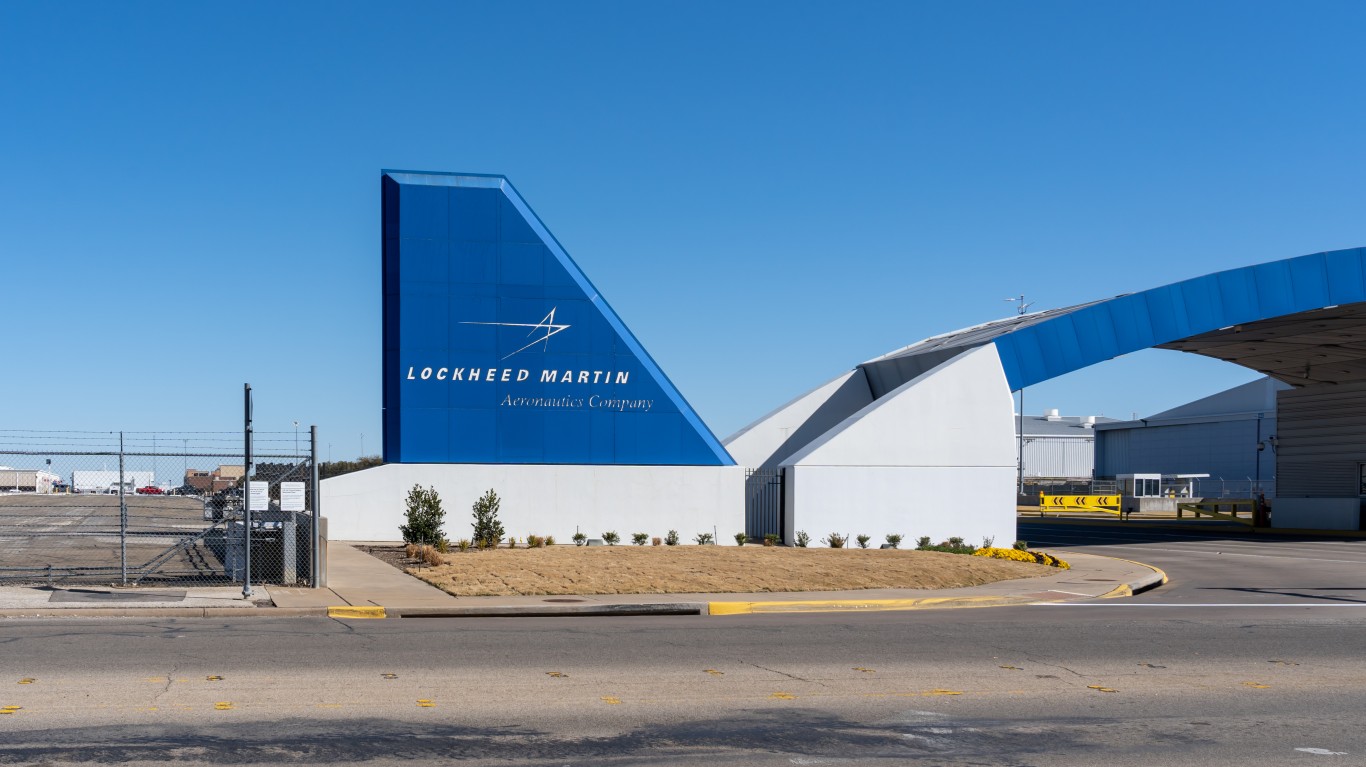
The largest defense contractor in the world, Lockheed Martin’s dominance carries into UAVs. The company unveiled the Indago 4 in February 2024. The tiny quadcopter tips the scales at just five pounds and is used for reconnaissance and surveillance. The company also produces the Stalker XE drone, a fixed-wing device that completed a world-record 39-hour flight in 2022. As well as the United States, Indago, and Stalker drones are used by the British armed forces.
RTX (USA)
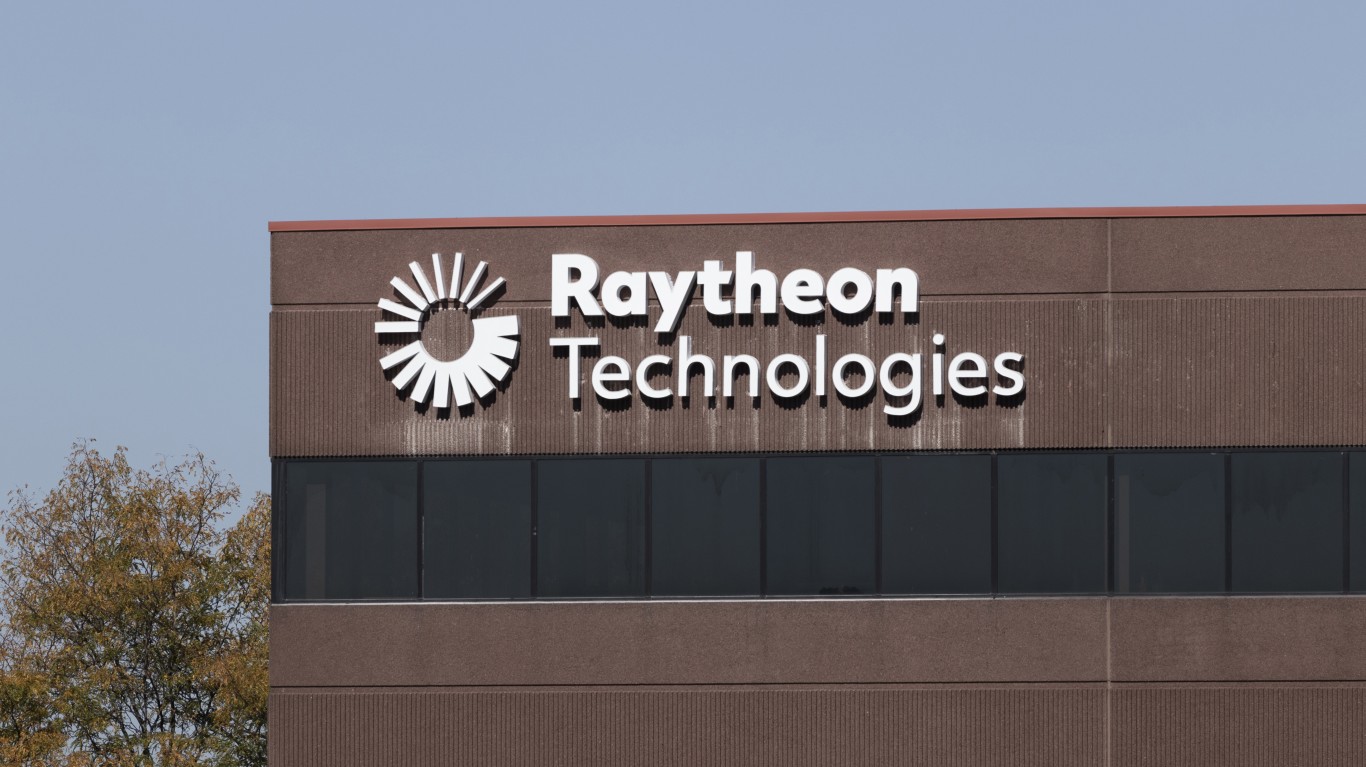
Formerly known as Raytheon, RTX is another of the so-called ‘big five’ defense contractors with a vested interest in unmanned aerial systems (UAS). The Coyote Interceptor is a small, expendable UAS for countering drone swarms. The US Army announced a major deal with RTX to acquire 600 Coyote 2C interceptors in January 2024.
Northrop Grumman (USA)
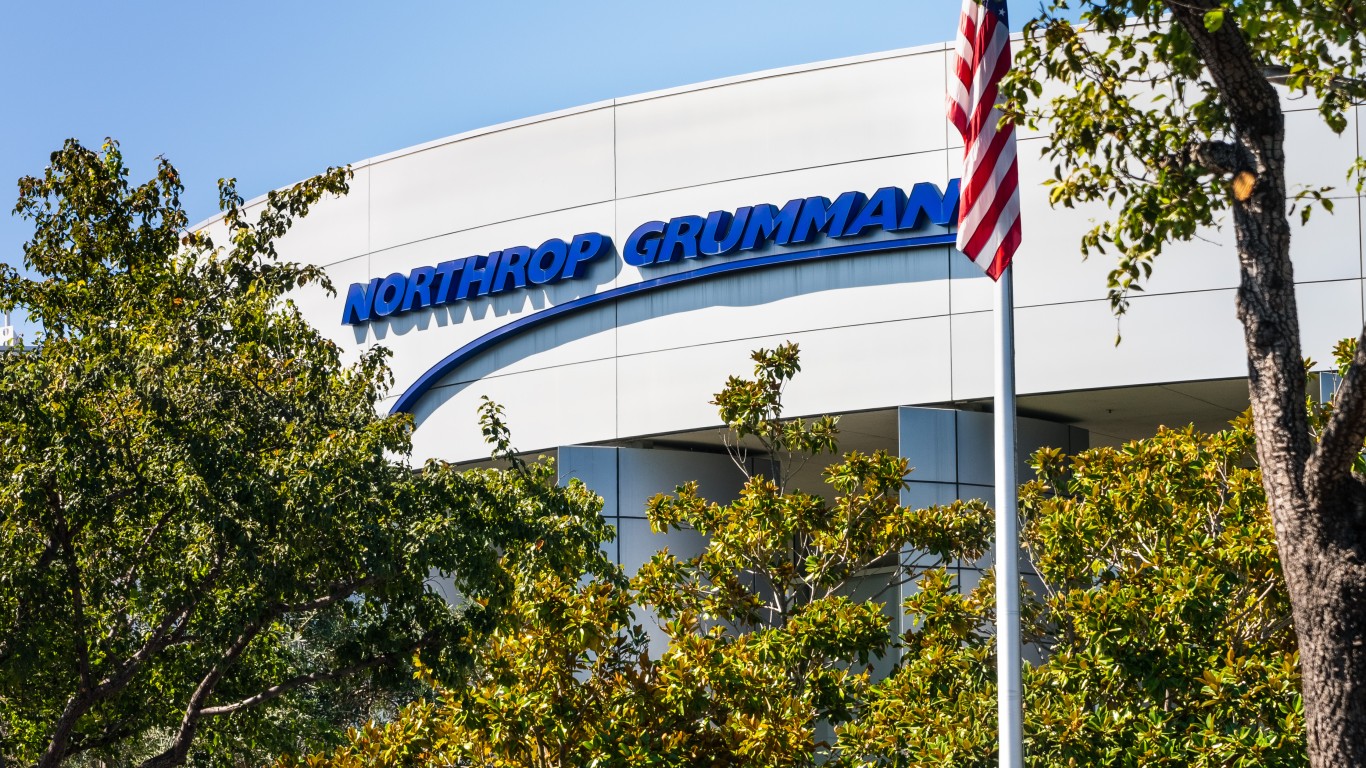
Northrop Grumman has been in the drone game since 2001. The Global Hawk logged over 320,000 flight hours in Afghanistan, Iraq, and North Africa. The MQ-4C Triton is used for maritime reconnaissance by the United and Australia. The company also manufactures the much smaller Bat.
Boeing (USA)
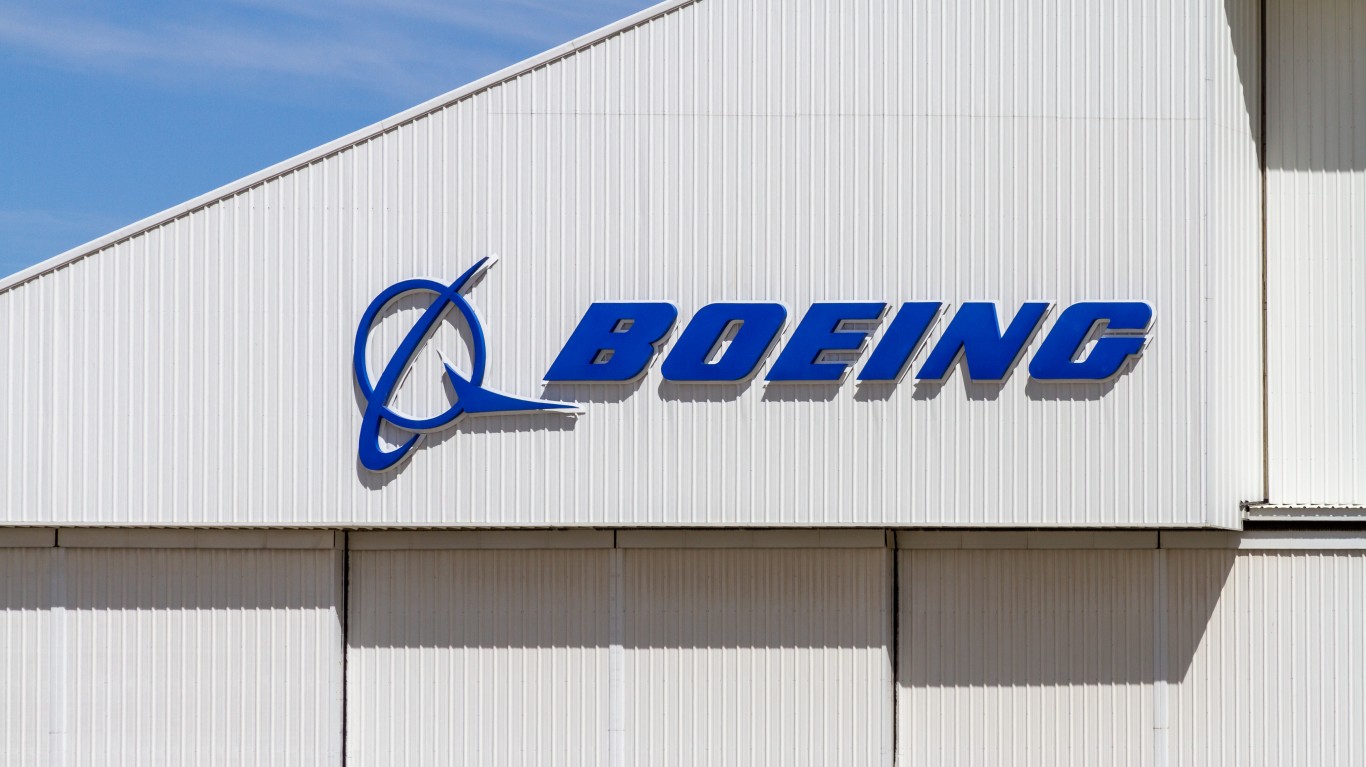
One of the biggest limiting factors of combat aircraft is their operational range. Boeing’s unmanned MQ-25 Stringray aims to change that. The Stingray is an unmanned refueling craft currently under development. The company was handed a lucrative $805 million contract to develop the Stringray in 2018.
Elbit Systems (Israel)

Israel’s largest defense contractor is a world leader in drone exports. In 2023, Israel exported a record $12.5 billion worth of arms with drones accounting for a quarter of that sum. The Hermes series is one of the world’s most widely used military drones.
General Atomics Aeronautical Systems Inc. (USA)
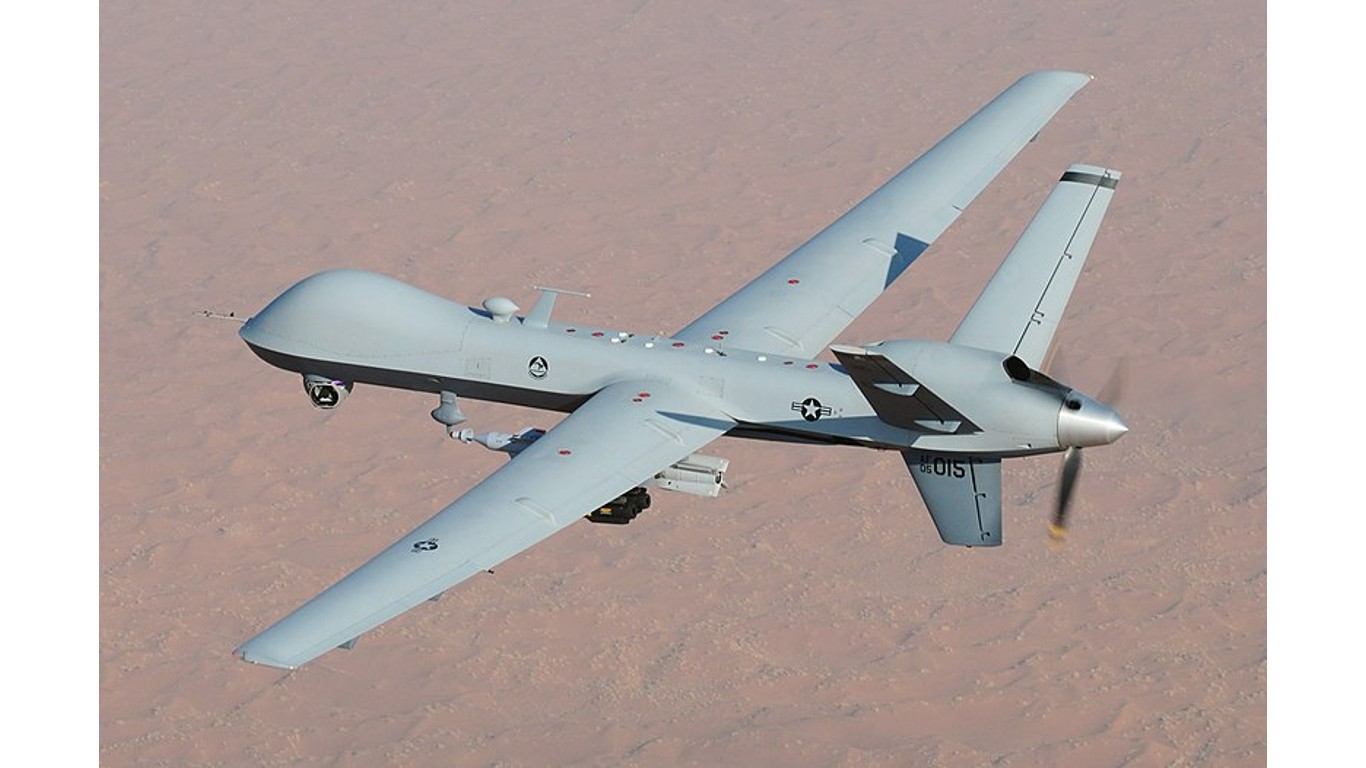
Predator drones are the best-known and most controversial combat drones used by the United States. The hunter-killer drones offered the promise of precision strikes against high-value targets without significant collateral damage. The reality proved far more complicated. Around 300 MQ-9 Reapers, the successor to the MQ-1, are in service today.
Da Jiang Innovations (China)

Da Jian Innovations (DJI) dominates consumer drones with around 70% of the global market. Though the company insists its products are not for military use, they have been spotted in the Ukraine conflict. Mavicks are so common the name is used as a catch-all term for small drones. The company is facing a ban in the United States over security concerns.
BAE Systems (UK)

British Aerospace (BAE) is the largest defense manufacturer in Europe. Among other offerings, the company produced the Bug, a nano drone about the same weight as a smartphone. Far less is known about the Taranis, an advanced combat drone that completed its first flight in 2014.
Baykar (Turkey)

Turkish drones have gained a great deal of momentum in recent years. Baykar has presidential approval as one of the company’s co-owners is the son-in-law of Recep Tayyip Erdogan. While this familial connection has doubtless opened countless doors, the company’s flagship Bayraktar TB2 has proven its worth on the battlefield. Considered more reliable than Chinese models and cheaper than American drones, the TB2 occupies a sweet spot between cost and performance. Accordingly, the company has attracted orders from 28 countries.
Future Developments
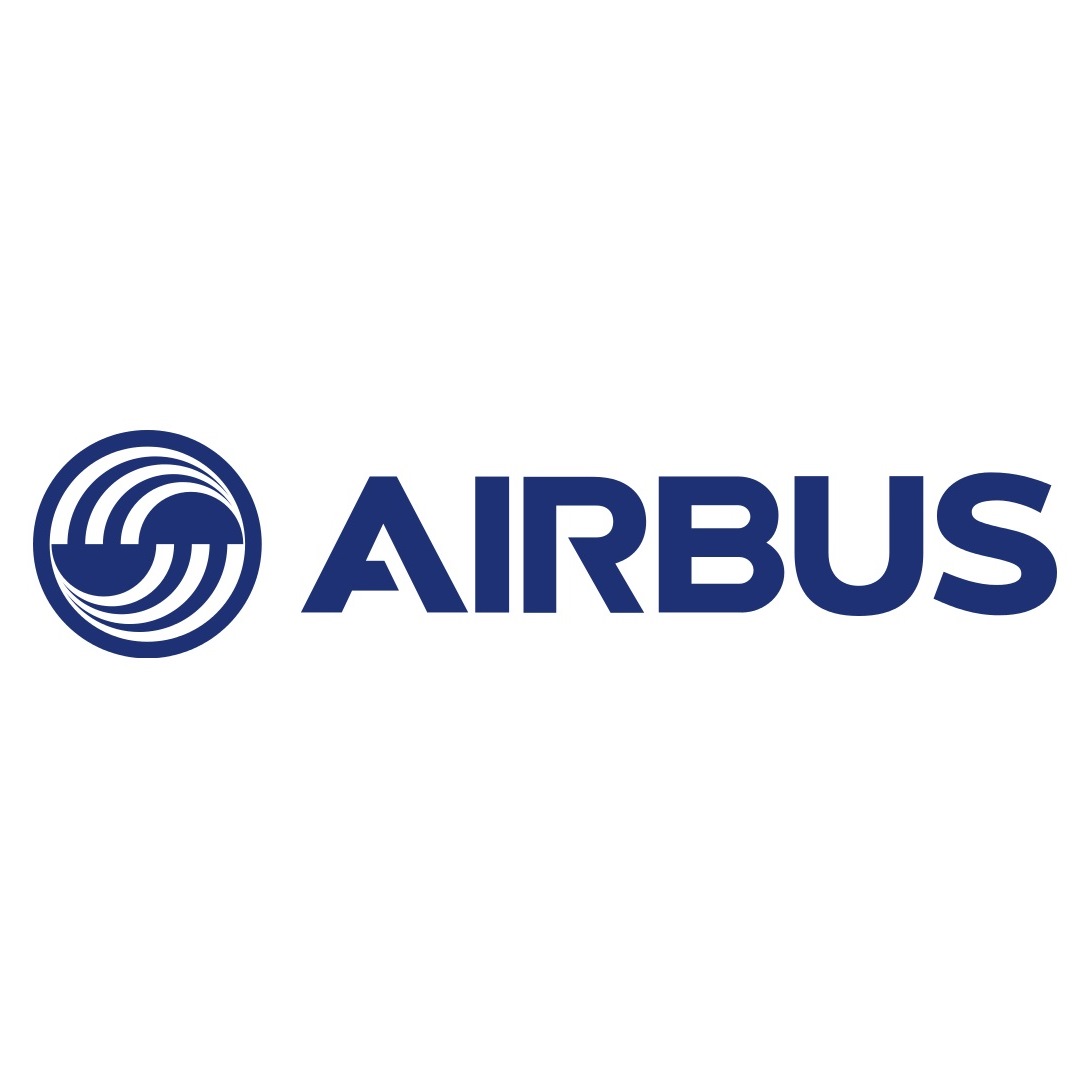
Medium Altitude Long Endurance Remotely Piloted Aerial System (MALE RPAS) better known as the Eurodrone is a major upcoming project for the air forces of France, Germany, Italy, and Spain. Three companies will collaborate on the scheme: Airbus, Dassault Aviation, and Leonardo. The joint venture reached a key milestone in May 2024 when it passed a preliminary design review. The first flight is expected next year and deliveries should follow in 2027.
Strong demand for UAVs in the United States has opened the door for defense startups to take on more established names in the defense sector. Anduril beat out serious competition to land a contract with the US Air Force to develop the next phase of the Collaborative Combat Aircraft (CCA) program.
Conclusion
Drones are a low-risk, cost-effective force multiplier forming an increasingly important part of modern armies. American companies still lead the way in their production but competition from non-traditional defense vendors and other nations is heating up. The top dogs today may well have to make way for new players in the near future.
Thank you for reading! Have some feedback for us?
Contact the 24/7 Wall St. editorial team.
